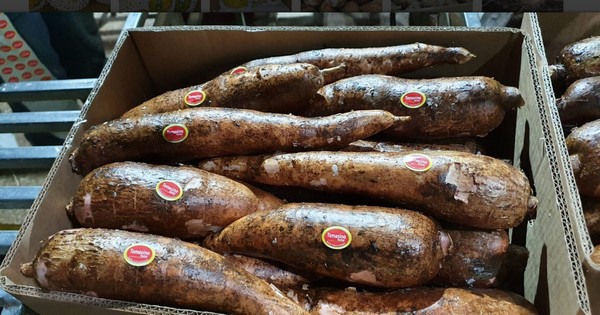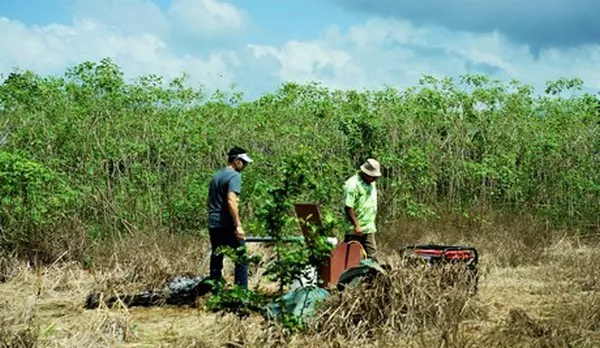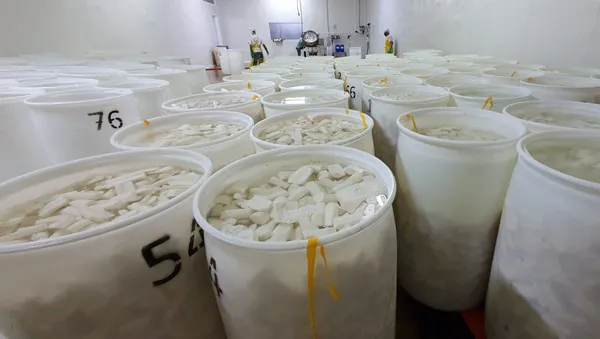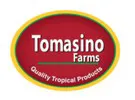Yuca or cassava supplies out of Costa Rica are seeing some challenges currently. Costa Rica is a year-round producer of the root vegetable and the crop takes approximately nine months to mature. “There’s an oxidization in this crop in the root and experts here say it’s due to a degenerative problem of the seed,” says Luis Tomasino of Tomasino Farms, Inc. “We’ve been seeing more and more oxidation since Hurricane Otto in 2016 and crops across the country seem to have some sort of oxidization problem.”
 Costa Rica is a year-round producer of yuca and the crop takes approximately nine months to mature.
Costa Rica is a year-round producer of yuca and the crop takes approximately nine months to mature.
Costa Rica is a key supplier of yuca and is known for producing good quality product for both the U.S. and European markets. While other countries such as Ecuador and Colombia have tried, the quality isn’t the same leaving the only other market to produce it as Nicaragua, which has its own infrastructure challenges.
Notably, the oxidization can be trimmed off leaving the product intact, though the look of the product is affected. “So we are working overtime to police the crop because there are some patches better than others,” says Tomasino.
 Tomasino says they've been seeing more and more oxidation since Hurricane Otto in 2016 and crops across the country seem to have some sort of oxidization problem.
Tomasino says they've been seeing more and more oxidation since Hurricane Otto in 2016 and crops across the country seem to have some sort of oxidization problem.
Increased costs
However, that extra diligence is factoring into the high yuca prices right now. “We needed more inspectors and had to pay more. That is on top of the fact that the supply is low compared to previous years. It’s a nine-month crop so there’s a lag time,” he says. He also adds that a firm tax, almost 100 percent, on already higher-priced fertilizers and agrochemicals adds to that strong pricing. “Farmers are also now trying to find more economical ways to do things and that also cuts into the productivity of the farm,” he says.
 Demand for frozen yuca is slightly stronger than the growing demand for fresh yuca.
Demand for frozen yuca is slightly stronger than the growing demand for fresh yuca.
At the same time, demand is growing for yuca, thanks in part to greater immigration in the U.S. “Many people are also just getting to know what it is,” says Tomasino, adding that demand for frozen yuca is only slightly stronger than the growing demand for fresh yuca.
 For more information:
For more information:
Luis Tomasino
Tomasino Farms, Inc.
Tel: +1 (877) 819-4716
luis@tomasinofarms.com
http://tomasinofarms.com/
